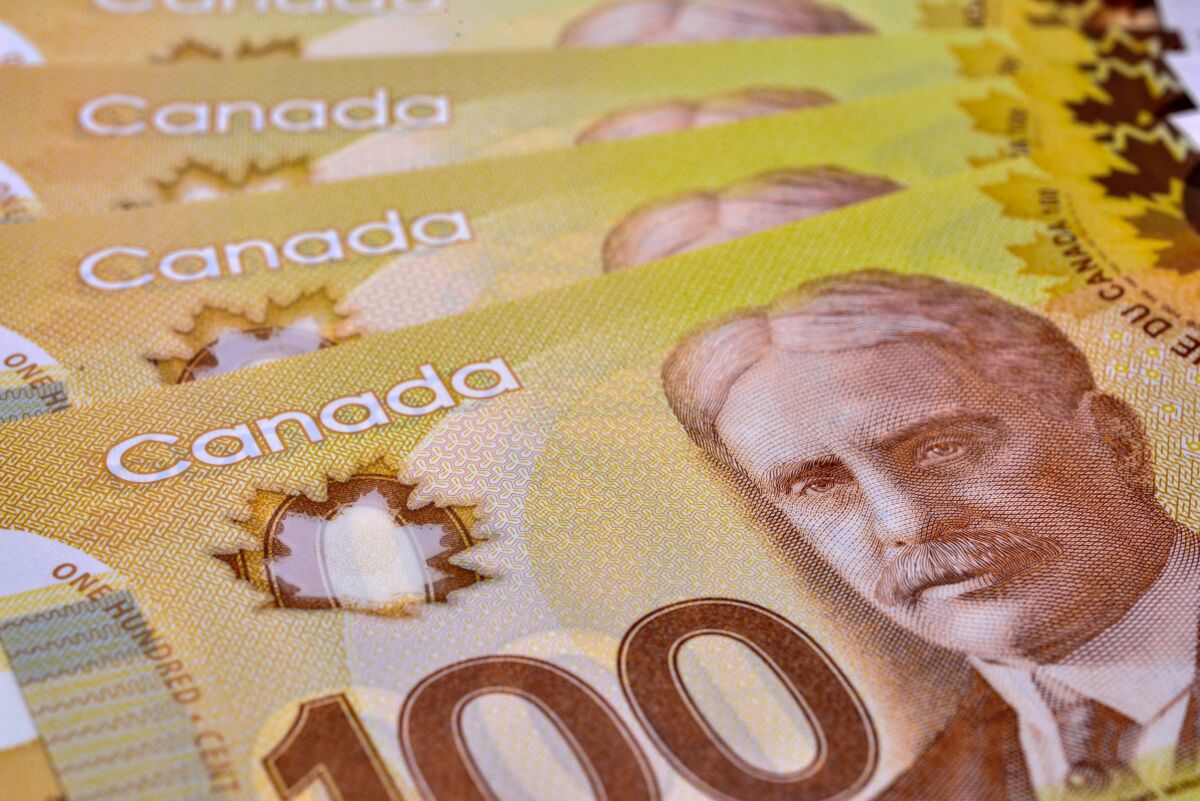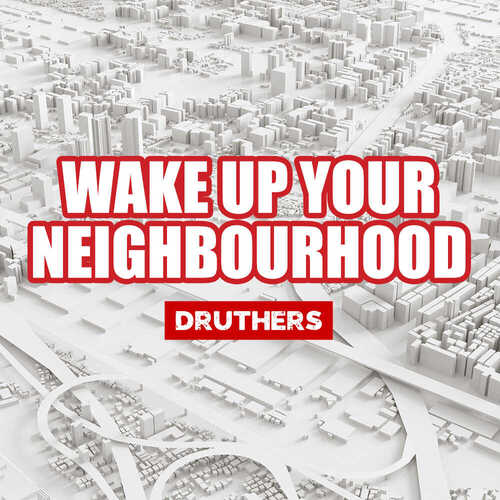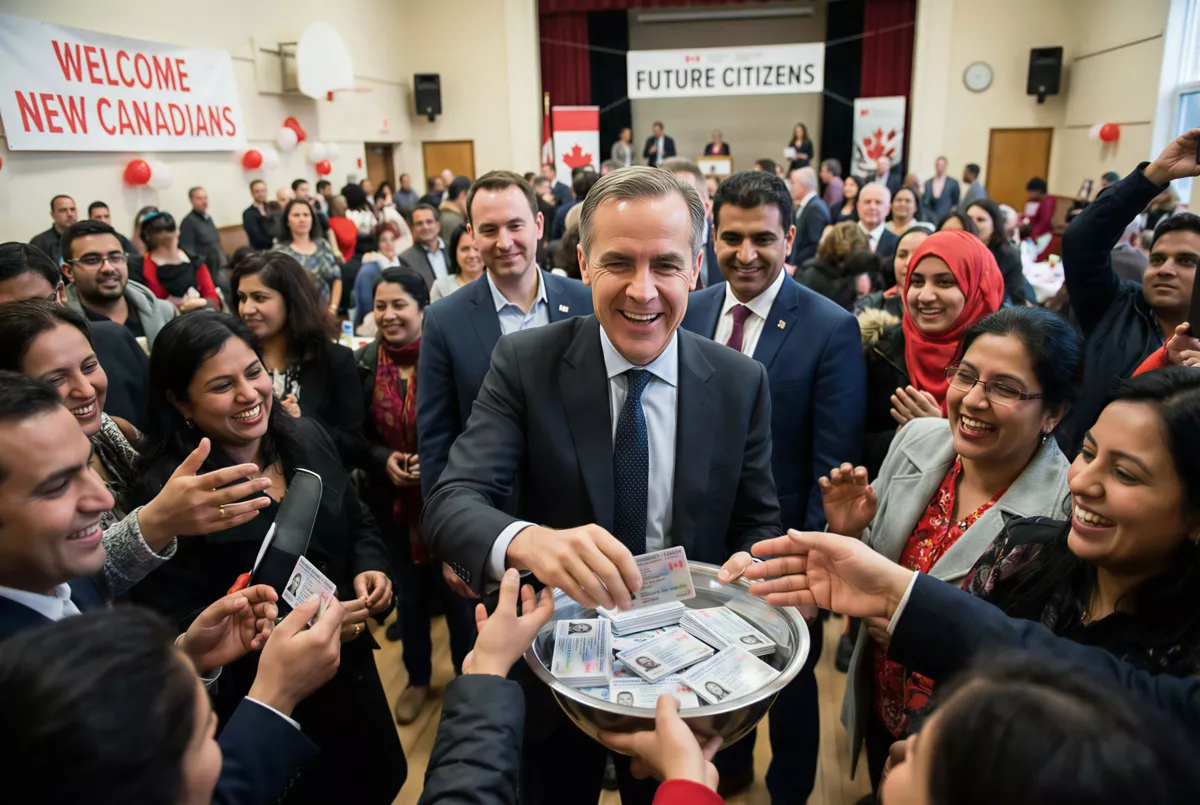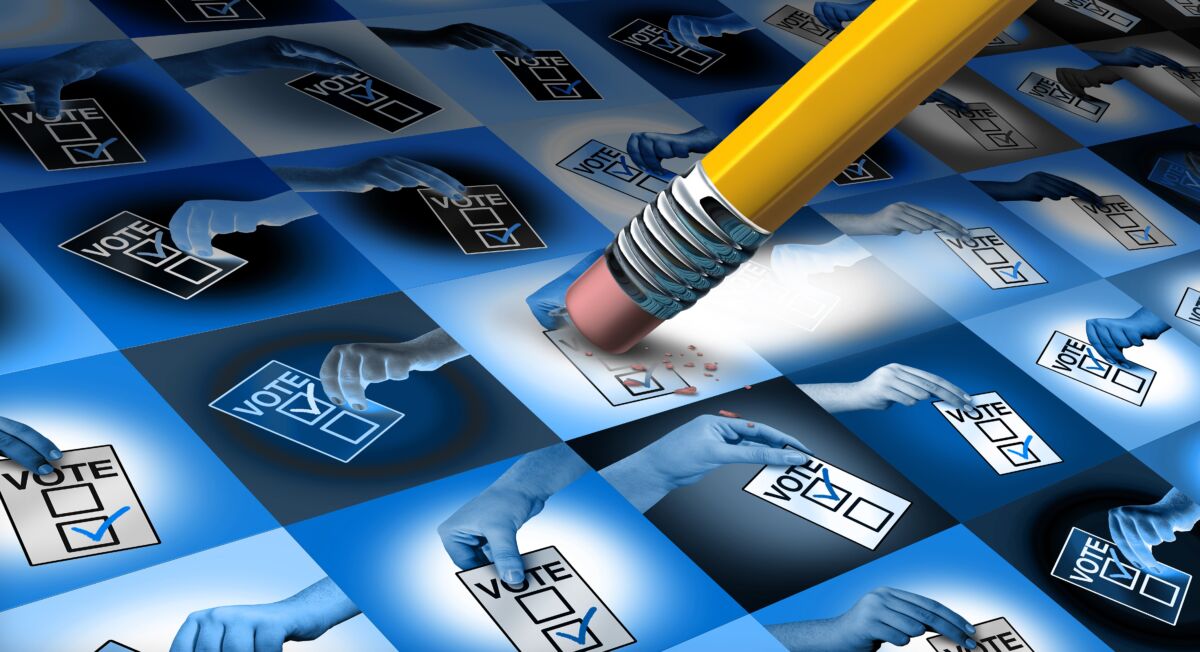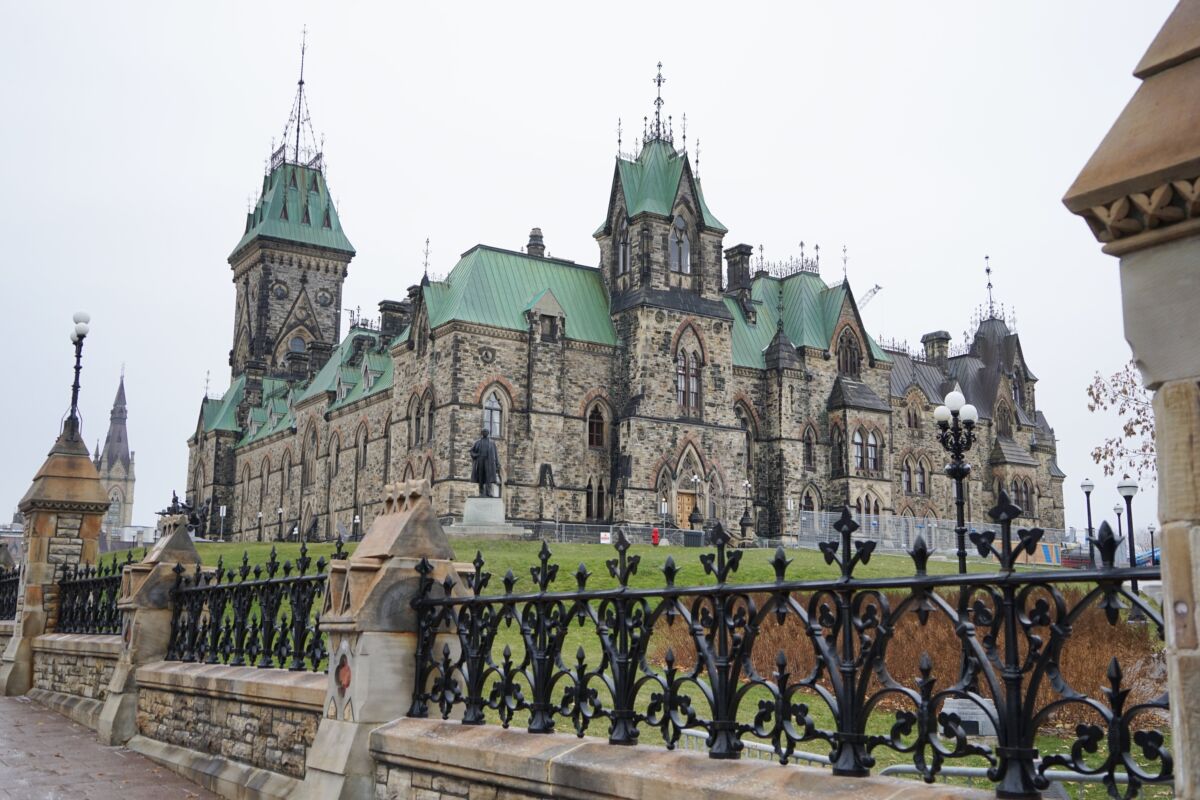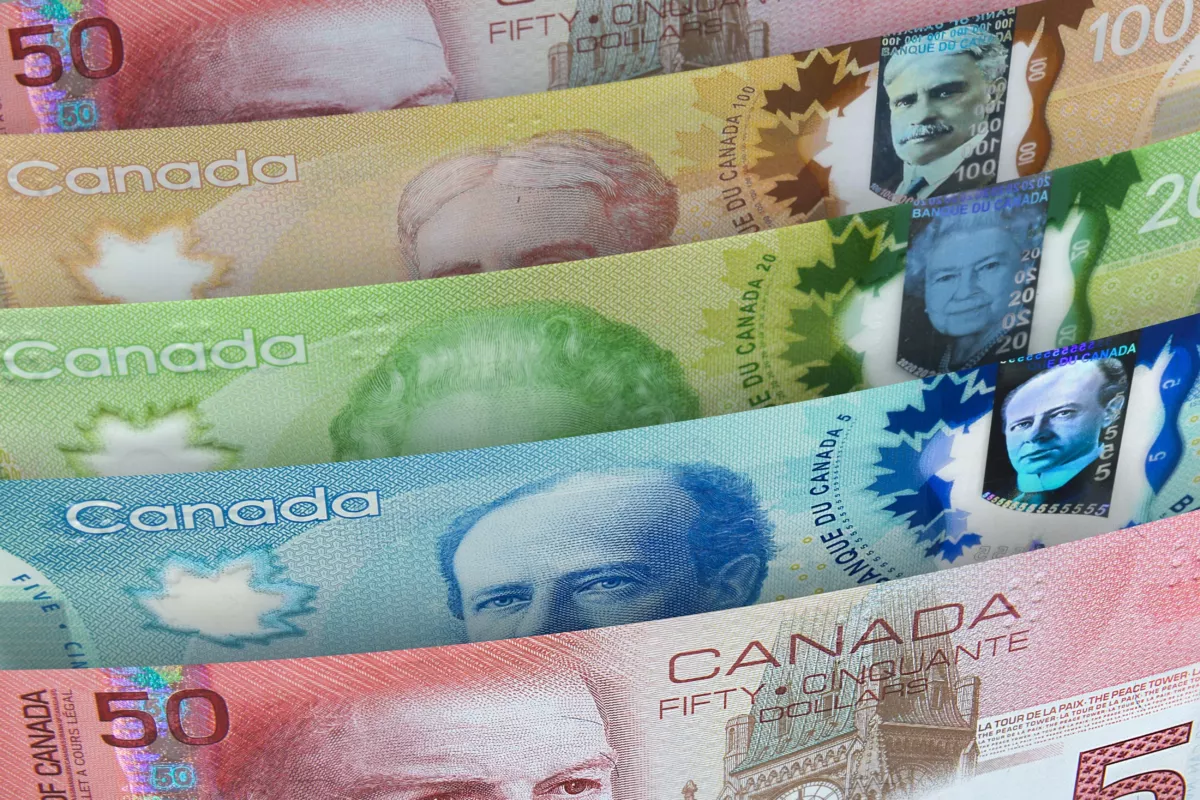The Currency of Control
By Gabriel Verveniotis | gabrielverveniotis.substack.com
As the unelected governor of the central bank, Mark Carney, ascends to the throne of globalism and becomes Canada’s new Prime Minister, Canadians are left asking themselves what a central bank is and what its historical consequences are.
A central bank is an institution that produces the currency of an entire nation. Controlling the interest rates and money supply (which is to say inflation) are the primary functions of a central bank. A central bank issues its own money supply and answers to an elite coterie of privately run financial investors who are only answerable to themselves.
To clarify, a central bank does not supply the country with money; rather, it loans it money at interest from private financial and often international institutions. This means that for every dollar printed, an interest rate fee is attached to it, making the creation of money inseparable from generating debt.
When governments spend too much money, they ask for loans from private banks to bail them out. These bankers salivate over this opportunity to come to our nation’s aid, and in many cases, this includes loans from foreign adversaries. They issue credit based on estimates of future tax revenues and other economic projections to theoretically recompense the interest of the loan.
Don’t lose touch with uncensored news! Join our mailing list today.
The issue is that once a government becomes indebted to its money supplier, a relationship of subservience and dependence ensues, akin to that of a drug addict and their dealer. Add to that the absurd abdication of treasury responsibilities to bankers who have no vested interest in the welfare of the societies they often prey upon.
Now, if the interest exceeds the future projections of the economy, governments often insist upon taking more loans. This is much like a gambler doubling down just to cover their losses of what, in this example, is accumulating interest.
Every dollar produced is the dollar plus a certain percentage of debt based on that dollar since the central bank has a monopoly over the production of the currency. The banks want to loan the money because with each printed bill comes profit from its interest.
Interestingly, the paper/digital money issued is not attached to hard assets, such as gold or silver, which have an innate store of value, given that precious metals are intrinsically worth something. This is unlike fiat currency, which has an abstract value assigned to it arbitrarily by the government.
What central banks do can be referred to as the practice of fractional reserve banking. Imagine a gold bar in a bank’s vault; fractional reserve banking would be like breaking fragments off and then lending them to people, knowing that no one will come for all the gold at once. Banks take the risk that their customers will not need all their savings at one time, so they can loan out other people’s money until even that runs out.
Through this process, bankers hold the economic cycle of inflation and deflation in their palms. When their rendezvous with fiscal fate arrives, they simply slither away from the ruinous financial sinkpit left in their wake. A recent example of this was the bank bailouts during the Great Recession of 2008 and, before that, the Great Depression.
Historically, this entrenched clique of financial controllers first took over in Europe, either by decapitating or subduing their kings, then migrating their practices from Europe to the Western world at large. The central bankers then asserted their bid to implement a new monetary system of control in North America that resulted in free citizens suffering indebtedness to their lenders.
The central bank idea was pioneered by the Dutch Bank of Amsterdam (1609), which was thereafter grafted onto English soil and thus began the Bank of England. It turned out that it was Britain’s colonies in America that posed the greatest threat to that expanding hegemony, which endeavoured to wreak revenge on the belligerent colonists of the British Empire who resisted debt-based currency, thus leading to full-scale revolution.
It also goes without saying that this parasitic practice took over the colonies, which later became Canada as well. America resisted and underwent various repeals of its central banks under President Andrew Jackson, who refused to renew the bank charters, which President Thomas Jefferson regarded as an abomination of liberty.
President Jefferson was noted to have said, “I believe that banking institutions are more dangerous than standing armies. If the American people ever allow private banks to control the issue of currency, the banks and corporations that will grow up around them will deprive the people of their property until their children wake up homeless on the continent their fathers conquered.”1
In the end, the banks won starting in 1913 after President Woodrow Wilson signed the Federal Reserve Act into law, under nefarious circumstances, and thereafter, fiat-based debt-economics was a fait accompli. The shackles of enslavement took on the gilded gleam of “enlightenment” thinking.
Ironically, upon reflection, President Wilson wrote, “Our great industrial nation is controlled by its system of credit. Our system of credit is privately concentrated. The growth of the nation, therefore, and all our activities are in the hands of few men… who necessarily, by every reason of their limitations, chill and check and destroy genuine economic freedom.”2
The American experiment began as a refutation of this corrosive system of interest loans, which is why it elicited such a violent response from an otherwise indifferent parent empire. A common misconception was that the American Revolution was the result of the Stamp Act, which forced heavy taxes on nearly all colonial goods. The truth is that the Currency Act incited the rancour of King George III’s colonial subjects.
The currency England sought to impose on the colonies would be provided to them at an interest rate. The implication was that the colonists would firstly not be able to create their currency based on the value of labour. Secondly, they would owe England money for the privilege of using its debt-based financial system. England, in effect, forced the colonies to pay interest on their money supply.
Where Canada obeyed, America did not. Ultimately, America tried to counteract this with its own independent economy based on state-issued value-based currency off the sale of goods and labour. The American Revolution was fought over privately controlled central banks, not taxes on playing cards, as is commonly espoused.
This whole process results in debt servitude or an economy divorced from the direct value of labour or commodities, but instead, one that is ethereal, speculative, and not within the hands of the citizen who uses it. It is a self-generating debt loop, and the founding fathers, as well as President Jackson, were well aware of this, hence Jackson’s noble opposition to the banking charter renewal.
Our only remedy might be a recourse to revolution. Otherwise, this hydra-headed leviathan will devour us all. Its fangs are not composed of tridents, javelins, sabers, bullets or canons. Nay, instead these teeth are made of inflation, depreciation of currency, bankruptcy, recessions and depressions.
To conclude with the wise words of President Jackson, railing against the bankers, “You are a den of vipers and thieves. I intend to rout you out, and by the eternal God, I will rout you out. If the people only understood the rank injustice of our money banking system, there would be a revolution before morning.”3
Works cited:
- Jefferson, T. (1993). Writings of Thomas Jefferson. Johnston & Co.
- Wilson, W. (2024). The New Freedom. E-Kitap Projesi & Cheapest Books.
- Remini, R. V. (2000). Andrew Jackson and the Bank War: A Study in the Growth of Presidential Power. Norton.
Originally published at gabrielverveniotis.substack.com
Explore More...

